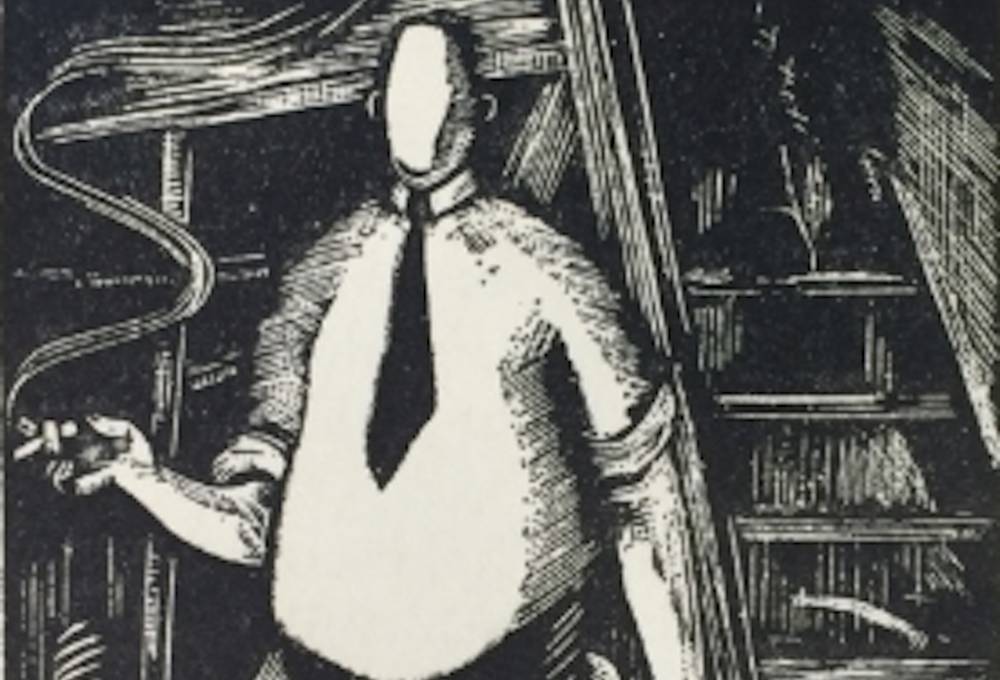Ms Vanessa Vanden Berghe

Contact
- Email: k1436023@kingston.ac.uk
- Location: Kingston School of Art, Knights Park
- Faculty: Kingston School of Art
- Research group/centre: Modern Interiors Research Centre (MIRC)
- Personal website
Research project: Looking-beyond-Seeing: Imagining the interiors of Oliver Hill
Abstract
During the interwar period in Britain, a variety of journals and magazines – such as The Architectural Review, The Ideal Home, Country Life, Vogue and The Studio – rapidly increased the dissemination of well-photographed, seductive images of newly-built architecture and newly-designed interiors. These mediated images remain largely undervalued in the study of the modern interior.
Looking-beyond-Seeing: Imagining the interior designs of Oliver Hill (1886-1968) starts from the premise that these interior designs, although no longer available to us in any physical form, can, with validity, be assessed through their representation in the contemporary press. As the first in-depth study assessing the interiors of Hill, this thesis creates a paradigm for the analysis of his material and immaterial design strategies which can be used much more widely to study the mediated modern interior.
This thesis uses an analysis of the interactions between the interior-as-space and the interior-as-staged, as observed in the published image, to expand our understanding of the way in which the interior was consumed during the 1920s and 1930s. This approach seeks to offer an extended view of what contemporary British audiences saw, and how they were invited to see and experience those interiors.
This research also seeks to move beyond our understanding of the image as a two-dimensional representation. By combining our reading of the two-dimensional image with knowledge obtained from archival study, secondary literature and the contemporary press, we can add layers of knowledge to the mediated image. Emphasising the surface of the photograph as a boundary which can be crossed allows this research to engage with concepts of interiority and atmosphere.
Indeed, these methods of Looking-beyond-Seeing allow for an analysis beyond the issue of style, and permits an examination of the immaterial qualities of the space in which the objects and furnishings occur. It also, as will be argued, help the viewer to get a closer understanding of Hill's multi-sensory design approach, even when it is no longer physically feasible to enter the space. Looking-beyond-Seeing allows for an active engagement with the interior in which the connections between what is visible and what is not are developed to provide a more complete experience of the space.
- Research degree: PhD
- Title of project: Looking-beyond-Seeing: Imagining the interiors of Oliver Hill
- Research supervisor: Professor Penny Sparke
- Other research supervisor: Dr Fiona Fisher
Biography
I am a researcher and lecturer in History and Theory of Architecture and Design, with a research interest in the interwar period and the relationship between architecture, art and interior design. I am currently finishing my PhD at Kingston University on the interior designs of the architect Oliver Hill during the interwar period. I have extensive teaching experience, having taught History and Theory programmes as well as critical and contextual studies at a number of London Universities.
Areas of research interest
- Interwar modernism
- Modern interiors
- Popular culture in interwar Britain
- Domesticity
- Architectures of display
- Commerce, objectivity, visual communication and mediation
Qualifications
- MPhil Oliver Hill and the Enigma of British Modernism, University of East London
- MA in History and Theory of Architecture, University of East London
- BA in History of Art, University of Ghent, Belgium
- Fellow of the Higher Education Academy
Funding or awards received
- Kingston University Bursary (2014 - Present)
Publications
- Impression management – Mrs Ashley's Gayfere HouseDecorating Dissidence journal. Special Issue: Backstage Craft (Editorial #12, 18December 2020)
- Architectural photography, The Media and the Paradigm of Objectivityin the work of Oliver Hill, in Alcolea, R.A, Tárrago-Mingo, J., (eds.), enCongreso internacional: Inter photo arch, pp. 378-389 (Published 2016)
- Oliver Hill – A window on regionalism in Britain.Chapter in Regionalism and Modernity. Architecture in Western Europe 1914 -1940, Leuven University Press (Published January 2013)
- Book Review: Berghe, V. (2021) Deborah Sugg Ryan. Ideal Homes, 1918–39:Domestic Design and Suburban Modernism. 2nd. ed. Studies in Design andMaterial Culture. Manchester: Manchester University Press, 2020. Pp. 360.$19.95 (paper). Journal of British Studies, 60(2), 500-502
- Book Review: Vanden Berghe, V. (2021) Louise Campbell. Studio Lives: Architect, Artand Artist in 20th Century Britain. Lund Humphries, 2019, Pp. 288. ReviewsSpring 2021. Architectural Histories.
Conference papers
- 2021 Looking beyond Seeing: Assessing the Interwar Interior as Mediated.Interiors and their histories. SAH Historic Interiors Affiliate Group,Zoom Webinar.
- 2021 "Transformation" and "Hybridity": The modern interior and OrientalistImageryRace and the Space Between, Virginia Commonwealth University.
- 2019 Setting the Scene: Considering the concept of staging in the consumption of the interior during the 1920s and 1930s in Britain.Staging the Space Between, South Dakota State University.
- 2019 Considering the concept of staging in the consumption of the interior during the Interwar Period.Modernism in The Home, University of Birmingham.
- 2018 Considering the role of the public in the consumption of the interior during the 1920s and 1930s20s30s Network. Workshop series 2: Publics, Bishopsgate Institute.
- 2016 Architectural photography, The Media and the Paradigm of Objectivity in the work of Oliver Hill Inter: photography and architecture, Universidad de Navarra.
